
The sky is falling
Weather can be seriously strange! Rain, snow, hail, and other ordinary forms of precipitation can be troublesome. Can you imagine if fish, spiders, or even a strange substance that looked a whole lot like blood started raining down from above? Well, some people around the world certainly can! Here are some of the weirdest things that have ever fallen from the sky.
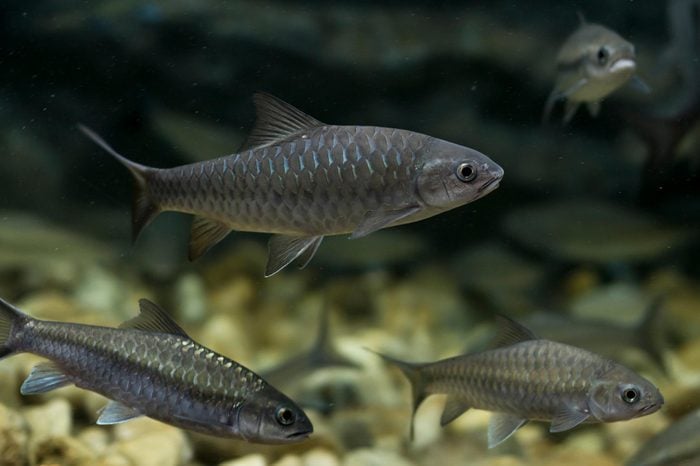
Fish
There are flying fish, and then there are falling fish! The sight of fish falling from the sky, though certainly bizarre, is not as uncommon as you might think; there’s a perfectly scientific explanation for it. In coastal areas, stormy weather can create a waterspout, a tornado-like phenomenon that can actually suck marine life out of bodies of water like lakes and oceans. The wind will then carry the fish inland, where they’ll come tumbling to the ground. It’s been documented everywhere from Sri Lanka to Australia to Mexico, and as recently as 2017. Sometimes, if the fish are edible, residents of the affected communities will celebrate the “fish rain” as a boon. In fact, the small Honduran village of Yoro celebrates the “lluvia de peces,” or rain of fish, at least once a year. Here are some old wives’ tales about the weather you can safely ignore.
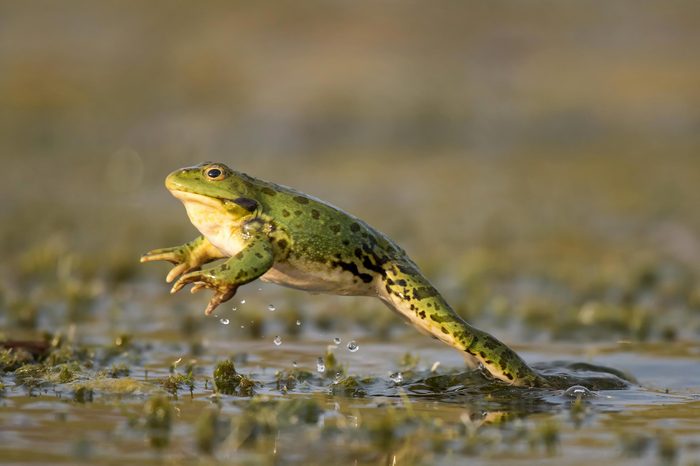
Frogs
Frogs can also fall victim to waterspouts, surprising land-dwellers when they fall from the sky. There are reports, both ancient and modern, of frogs and toads tumbling from the heavens. Ancient Greek philosopher Heraclides Lembus wrote about instances when so many frogs rained from the sky that “the houses and the roads have been full of them,” and in 2005, residents of Odzaci, Serbia, saw thousands of tiny frogs fall with passing storm clouds. Though sometimes, the lengthy fall will kill the critters, other times, they will hop and amble around their new locality. In Serbia, for instance, villagers reported that the fallen frogs simply hopped away to look for water. For some more weird nature, check out the strangest animal found in every state.
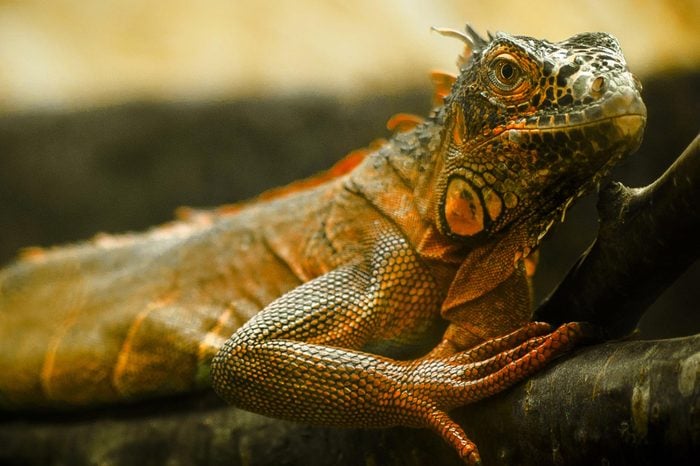
Iguanas
Unlike their amphibious counterparts, iguanas that have fallen from the sky have not fallen victim to waterspouts. This scientific phenomenon may actually be even more bizarre. In southern Florida, the brutal bomb cyclone that hit in winter 2018 brought a wacky side effect: an iguana rain. Temperatures dropped so low that the cold-blooded creatures’ bodily functions shut down entirely; while still alive, they were completely still and unresponsive. That, of course, meant that they could no longer grip tree branches and tumbled out of their trees, alarming many a Floridian. Learn about some more bizarre phenomena that can be easily explained by science.

Golf balls
You’ve probably heard cautionary tales about golf ball-sized hail, but what about actual golf balls? News reports recount dozens of those very things falling from the sky in Punta Gorda, Florida in 1969. Perhaps even weirder, no local golf courses were missing any balls. The reason was never entirely confirmed, but most experts theorized that a waterspout scooped up all of the golf balls that had been hit into the water by errant golfers.
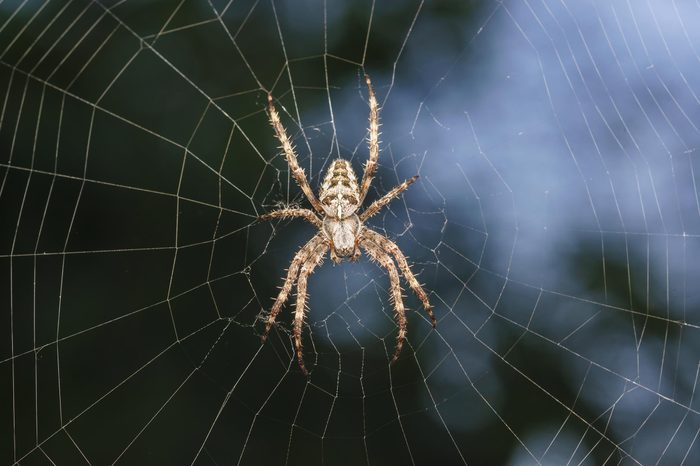
Spiders
The veritable horror show that is a rain of spiders is not as uncommon as arachnophobes might hope. It happened in 2015 in (where else?) Australia, and then even more recently in Brazil in 2019. But, unlike the fish and the frogs, the spiders were not yanked from their homes by violent storms. The spider rains result from a process called “ballooning,” where the spiders produce filaments to launch themselves into the air. They do this in an attempt to catch an air current and travel to a new location, and it’s actually something they do fairly often. So why aren’t spider rains more common, you ask (though you’re probably not complaining)? That’s because it’s very uncommon for huge amounts of spiders to do this at the same time. Weather conditions have to be absolutely perfect for a mass ballooning that produces a “spider rain.” The fact that it can rain spiders is probably one of the most disturbing facts you’ll wish weren’t really true.

Coffee additives
In 1969, a South Carolina factory producing the non-dairy creamer Cremora was struggling with malfunctioning air vents. The clogged vents allowed the powder mixture to leak out into the air, where it mixed with falling rain and fell in a gloppy mess onto Chester, South Carolina. The company that produced Cremora, Borden, paid a fine of $4,000 for allowing their product to be released from the plant—but not until more than 20 years later, 1991! Learn about some more seriously weird natural phenomena.
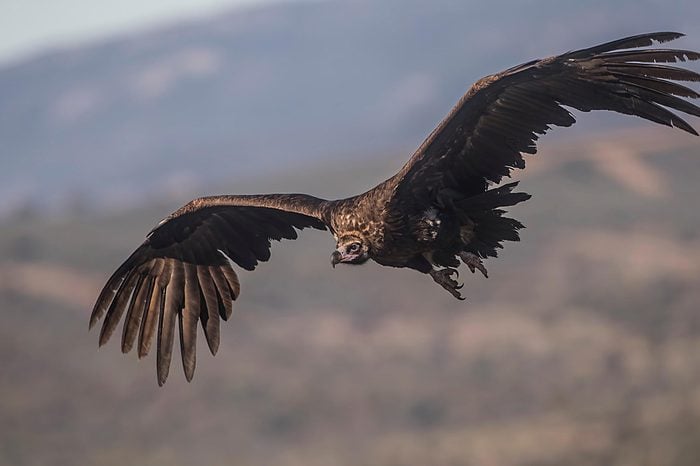
Meat
Could Cloudy with a Chance of Meatballs be real life? Not quite. This “meat rain” was less meatballs than chunks of meat, and you definitely wouldn’t want to eat it! Or, perhaps you would, because two residents actually did try a taste of the odd “flakes of meat” that suddenly seemed to fall on their town of Olympian Springs, Kentucky in 1876. The two men reported that it tasted like mutton or venison. Though the cause was never proven, a chemistry professor proclaimed that the best explanation was that a flock of vultures was dropping or disgorging its latest meal.

Money
After learning about spiders and meat, we’ll take this one any day! Raining money has occurred several times throughout history, some of them recently. For instance, in 2015, hundreds of thousands of dollars’ worth of United Arab Emirates dirham currency showered over Kuwait City. In Serbia, a plane carrying gold and diamonds spilled some cargo over the airport runway in 2018. Back stateside, Indianapolis experienced a similar phenomenon in 2017 when an electrician noticed around $200 worth of bills blowing off of a roof where he was working. Sometimes, as in the case of Kuwait and Indianapolis, the origin of the money is never uncovered, leaving residents and law enforcement scratching their heads. Talk about making it rain!

Space junk
Now this one actually makes a bit more sense, since it makes sense that space junk would be in the sky in the first place! Sometimes, some of the numerous satellites and tech simply loses steam in orbit and tumbles toward Earth. In fact, an entire model space station, Tiangong-1, is currently falling toward Earth’s surface. Usually, if the machinery survives reentry into the atmosphere at all, it splinters into pieces, which means that the falling debris won’t pose a danger to any earthbound individuals. Your odds of getting struck by falling space debris are infinitesimal; LiveScience reports that your odds of winning the Powerball are a full million times greater. (Or perhaps you could just wait for it to rain money!)

Blood (or is it?)
It sounds like a scene straight out of The Purge, but Zamora, a city in northwestern Spain, actually did experience a real-life blood rain. Or, at least, the red-tinged liquid falling from the sky looked a lot like blood and set Zamora residents guessing about the origins. It turns out that such “red rains” are totally natural. The red coloring comes from a type of microalgae plant that produces a red pigment when it’s in a state of stress, and scientists believe that its spores got trapped in rain clouds. The odd part, though, is that these microorganisms aren’t native to that area of Spain, so scientists are a little confused about how they traveled to end up above Zamora. While the fact that it’s not actually blood is a little reassuring, the sight is still unnerving for sure. As it turns out, regular ol’ rain is actually pretty fascinating too—check out these facts you never knew about rain.
[Sources: LiveScience, Listverse, Popular Mechanics, Smithsonian]
